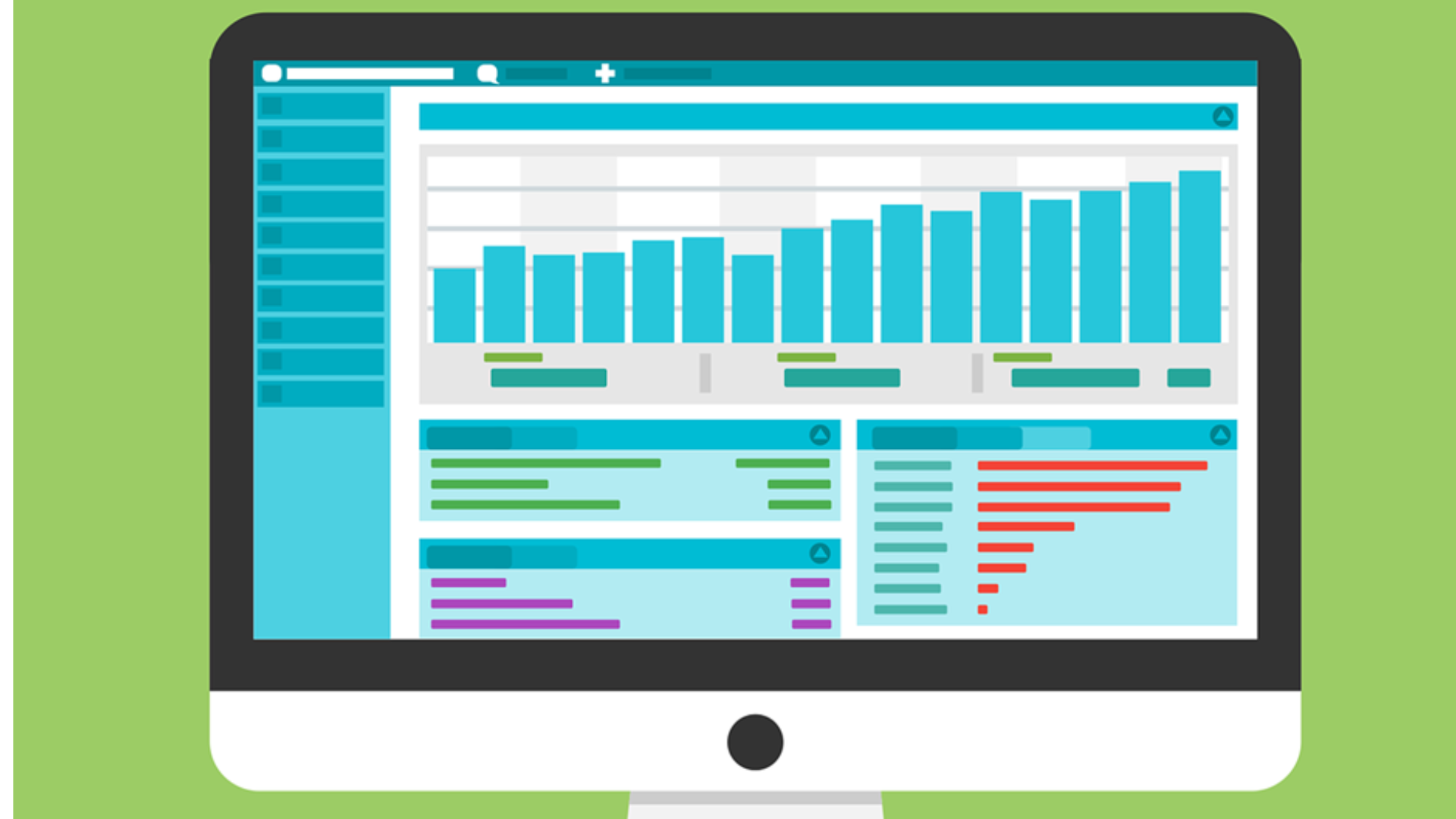Guide to Improving Your Company's Data Management
Data is the lifeblood of modern businesses. It fuels insights, drives decision-making, and ultimately shapes your company's success. But in today's...
4 min read
![]() Totalcare IT
:
Oct 21, 2024 10:00:00 AM
Totalcare IT
:
Oct 21, 2024 10:00:00 AM
Has your company’s software system transitioned from being sleek and nimble to resembling a tangled web of shortcuts, patches, and workarounds? Welcome to the realm of technical debt. This silent saboteur accumulates over time, quietly undermining your efficiency and productivity.
Think of technical debt as a hidden fee you accrue when opting for quick fixes instead of more sustainable IT solutions. It builds up when companies take shortcuts, bypassing more thorough, long-term approaches.
At first, these expedient choices may seem inconsequential. However, as your system grows, these rushed decisions start to snowball, hindering progress and creating complex issues down the line.
Addressing technical debt is crucial for maintaining a robust and efficient technology landscape. Here are eight strategies to help you tackle technical debt within your company.
The initial step in effectively managing technical debt is identification. Start by pinpointing the most pressing issues, prioritizing them to ensure you address the changes that will yield the highest value.
Incorporating debt management into your daily operations ensures that technical debt remains a focal point. By balancing the demands of new development with the necessity of debt reduction, your team can maintain a healthier, more efficient workflow.
Educating your team about technical debt is paramount. It's the key to preventing new debt while effectively addressing existing issues. By instilling a culture of training and knowledge sharing, you foster a mindset focused on quality and long-term solutions.
Effective documentation is the cornerstone for managing and mitigating technical debt. It serves as a vital roadmap for both current team members and future hires, ensuring everyone has a clear understanding of the system's intricacies and previous quick fixes.
Routine updates and system refactoring are essential for keeping technical debt at bay. By making incremental, manageable improvements, you enhance the overall quality of your technology infrastructure without overwhelming your team.
Robust security measures are pivotal in ensuring that updates and changes don't inadvertently introduce new issues. Comprehensive security protocols not only safeguard system reliability but also maintain optimal performance.
Mastering dependency management is key to minimizing technical debt. By diligently tracking and updating dependencies, you can ensure seamless compatibility and bolster your system’s security.
Cultivating a mindset of continuous improvement plays a pivotal role in proactively addressing technical debt. By fostering an environment that encourages ongoing learning, celebrates achievements, and embraces regular reflection, you drive sustained enhancement and resilience in your IT landscape.
Taking a proactive approach to technical debt ensures that your systems remain scalable, maintainable, and secure, allowing your business to excel in a competitive market.
Our technology team embraces a forward-thinking and thorough strategy. By prioritizing quality from the outset and avoiding shortcuts, we significantly minimize the risk of accumulating technical debt.
Contact us today to schedule a chat about enhancing your IT systems.

Data is the lifeblood of modern businesses. It fuels insights, drives decision-making, and ultimately shapes your company's success. But in today's...

You may have state-of-the-art servers, but their efficiency can diminish over time. Managing them is key to optimizing your business operations.

Running a small business involves juggling numerous responsibilities—from managing daily operations to responding to customer inquiries. Fortunately,...